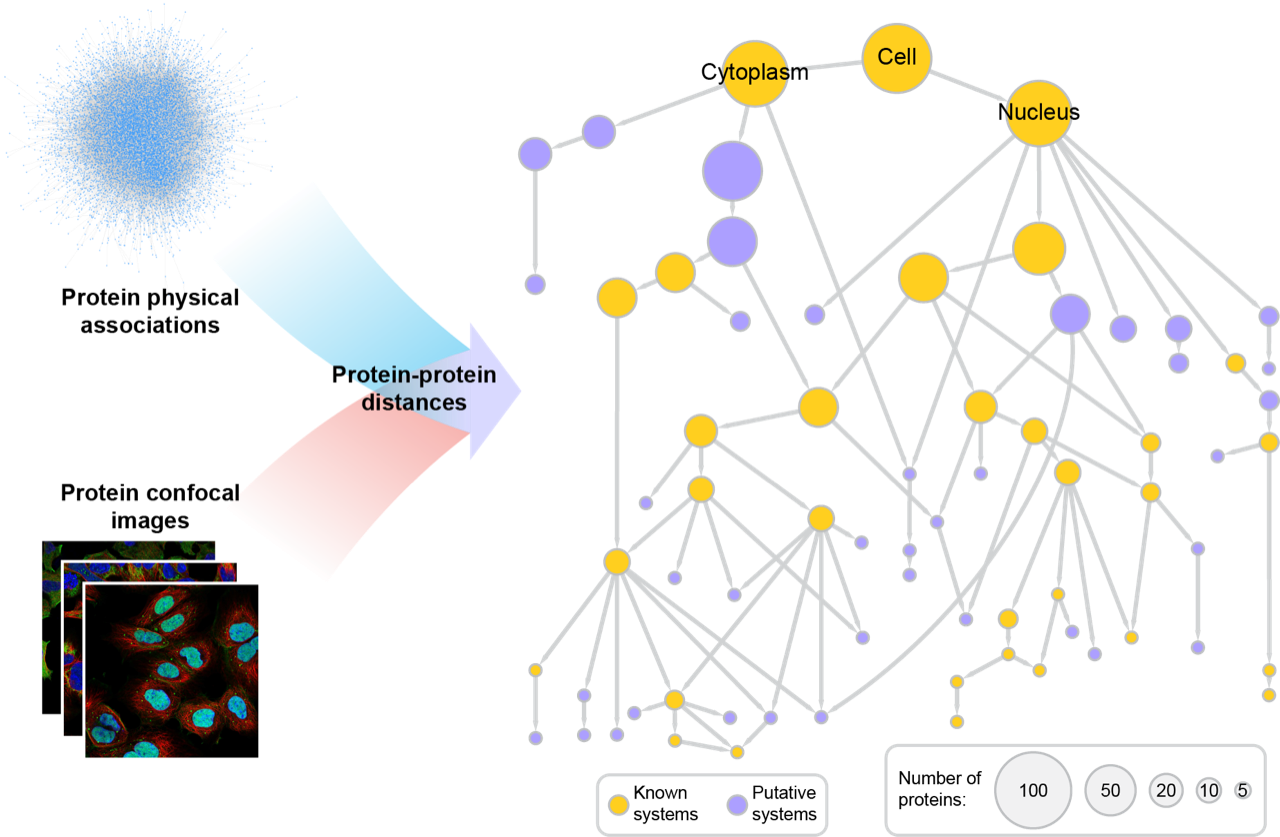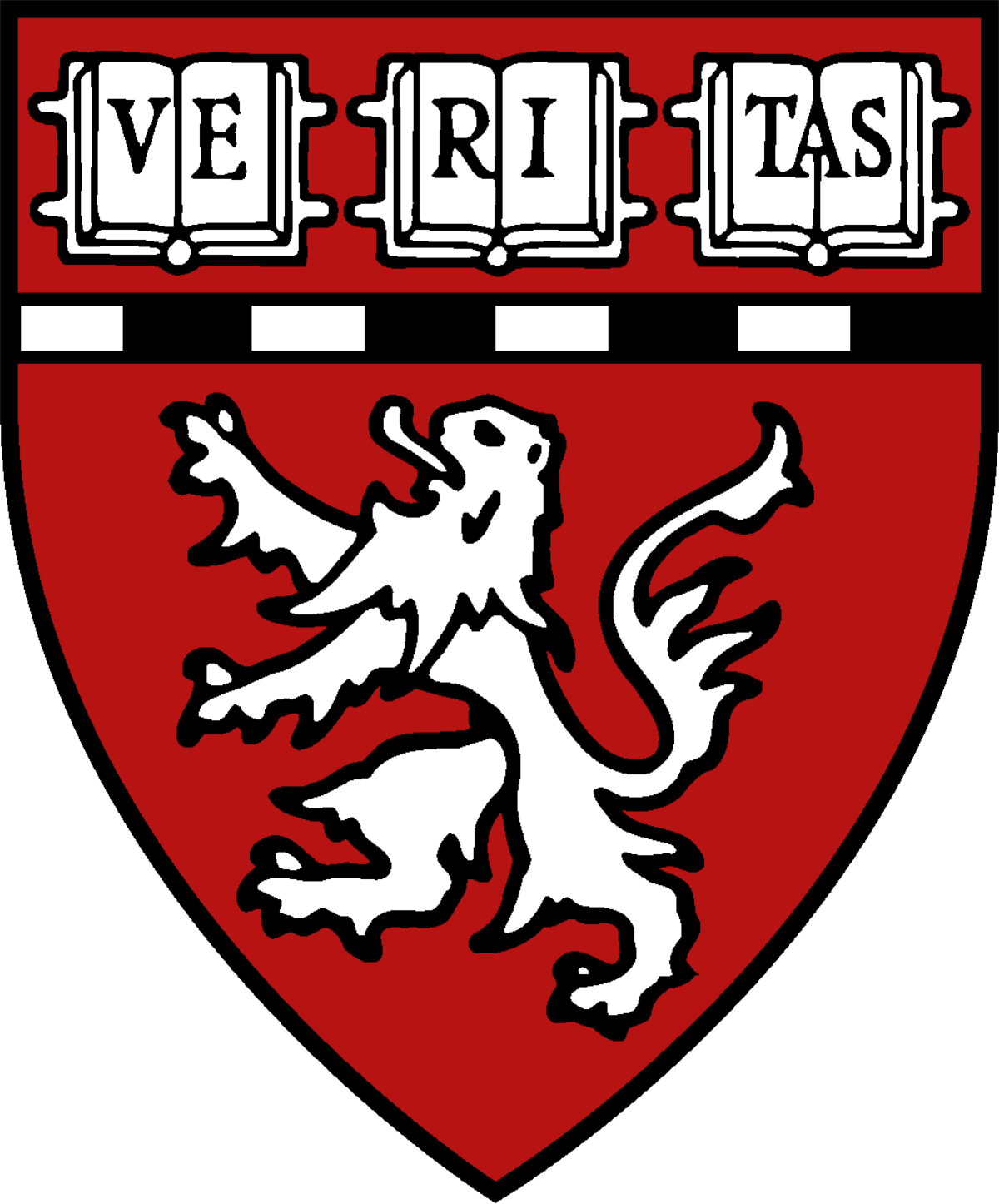HEK293 MuSIC
What is MuSIC?
MuSIC is a hierarchical map of eukaryotic cell architecture created from integrating immunofluorescence images in the Human Protein Atlas with affinity purification experiments from the BioPlex resource.
Two central approaches for mapping cellular structure – protein fluorescent imaging and protein biophysical association – each generate extensive datasets but of distinct qualities and resolutions that are typically treated separately. The MuSIC map is designed to address this challenge, by integrating immunofluorescent images in the Human Protein Atlas with ongoing affinity purification experiments from the BioPlex resource. The result is a unified hierarchical map of eukaryotic cell architecture. In the MuSIC hierarchy, nodes represent systems and arrows indicate containment of the lower system by the upper. Node color indicates known (gold) or putative novel (purple) systems. The size of each circle is based on the number of proteins in the system. The relative height of each system in the layout is determined based on the predicted diameter of the system in MuSIC.

What is NDEx?
The MuSIC map is available via NDEx, the Network Data Exchange (www.ndexbio.org, Pratt et. al. 2017 DOI: 10.1158/0008-5472.CAN-17-0606), which is an online commons for biological networks where networks of many types and formats can be shared, accessed, and stored by users and applications. NDEx is tightly integrated with Cytoscape (https://cytoscape.org/), and the MuSIC network can be downloaded to Cytoscape by clicking the “Open in Cytoscape” button at the bottom-right of the web page.
Data Availability
- All IF images used in this study are available at https://www.proteinatlas.org/.
- The BioPlex 2.0 input network and the newly generated AP-MS data in this study can be accessed via the Network Data Exchange (NDEx).
How to cite?
Please cite Qin et al., “Mapping cell structure across scales by fusing protein images and interactions”.




